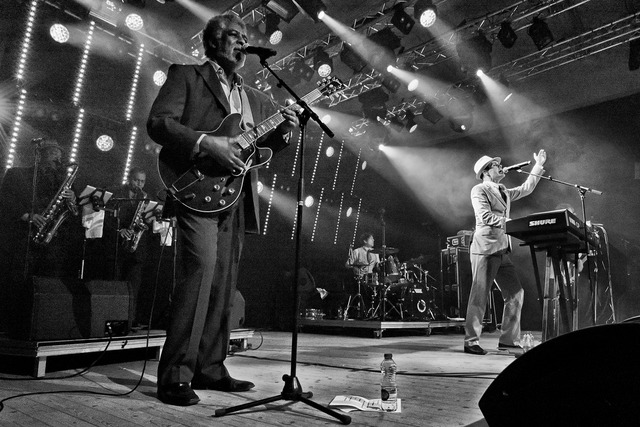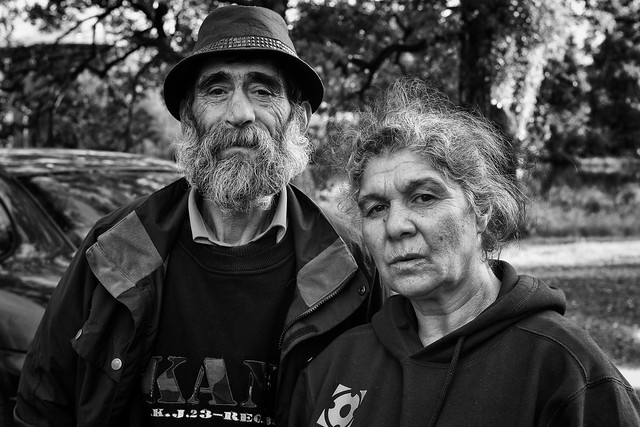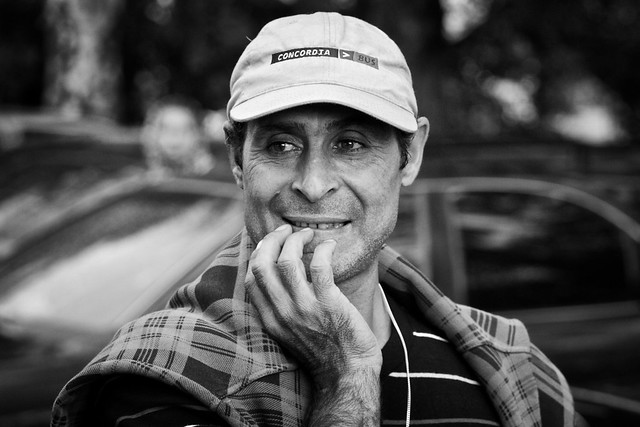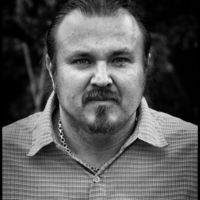"Måla med ljus"
The Nuremberg Defense – I Was Just Following Orders
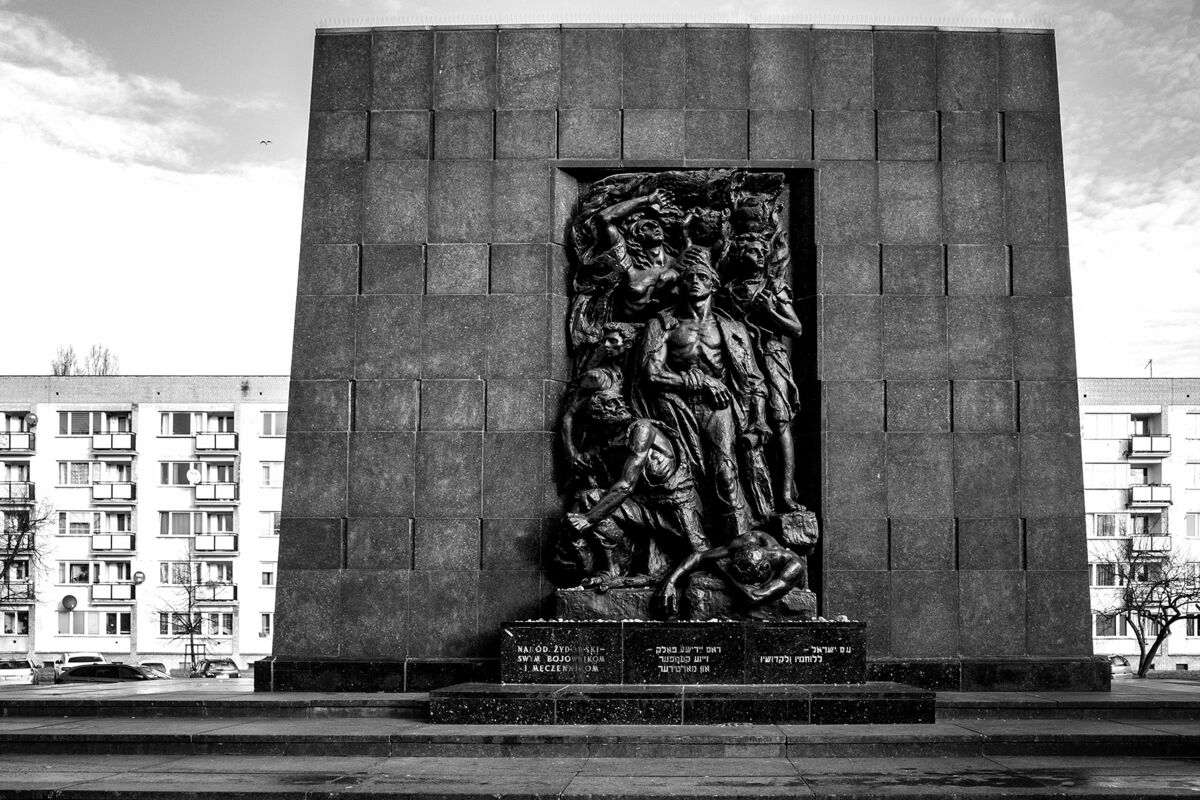
During the World War II many German soldiers, officers and health care personel made horrible crimes against the humanity. When prosecuted after the war many of them claimed that they was just following orders and tried to move the blame for their crimes to the leaders who issued the orders.
The Nuremberg trials were a series of military tribunals held after World War II. In which the political, military, judicial, and economic leadership of Nazi Germany was convicted for their crimes against humanity during the war. Lawful superior orders often known as The Nuremberg defense is a plea in a court of law that a person, whether a member of the army or a civilian, not to be held guilty for actions which were ordered by a superior officer or a public official. The Nuremberg defense was not accepted by the judges at the Nuremberg trials who judged that every individual are responsible for their own actions against other human beings despite the laws of the nation or which orders that are given. The trials marked a turning point between classical and contemporary international law. And in their judgement the judges in Nuremberg affirmed the principle of the freedom of conscience.

Women and children are forcibly taken out of a shelter in the Warsaw ghetto by Waffen-SS soldiers. The SS man on the right with a submachine gun is Josef Blösche who personally killed hundreds of Jews and sent many more to their death in concentration camps during the war. For his crimes against humanity Blösche was convicted and sentenced to death. He was executed in Leipzig in DDR on 29 July 1969. Photo: Propaganda Kompanie nr 689/CC
Captured Jews in the Warsaw Ghetto are taken away by Waffen-SS men. At the forefront are Yehudit Neyer, her mother-in-law, her daughter and her father Avraham Neyer. When accused the surviving soldiers and officers stated that they should not be held responsible for their actions against humanity because they was just following direct orders from their superior officers. Photo: Unkown/CC
Jewish people are forced on a train in the Warsaw ghetto by german soldiers and Jewish ghetto police. The destination of the train was Treblinka holocaust camp. When accused many of the surviving soldiers and officers stated that they should not be held responsible for their actions against humanity because they was just following direct orders from their superior officers. Photo: Unkown/CC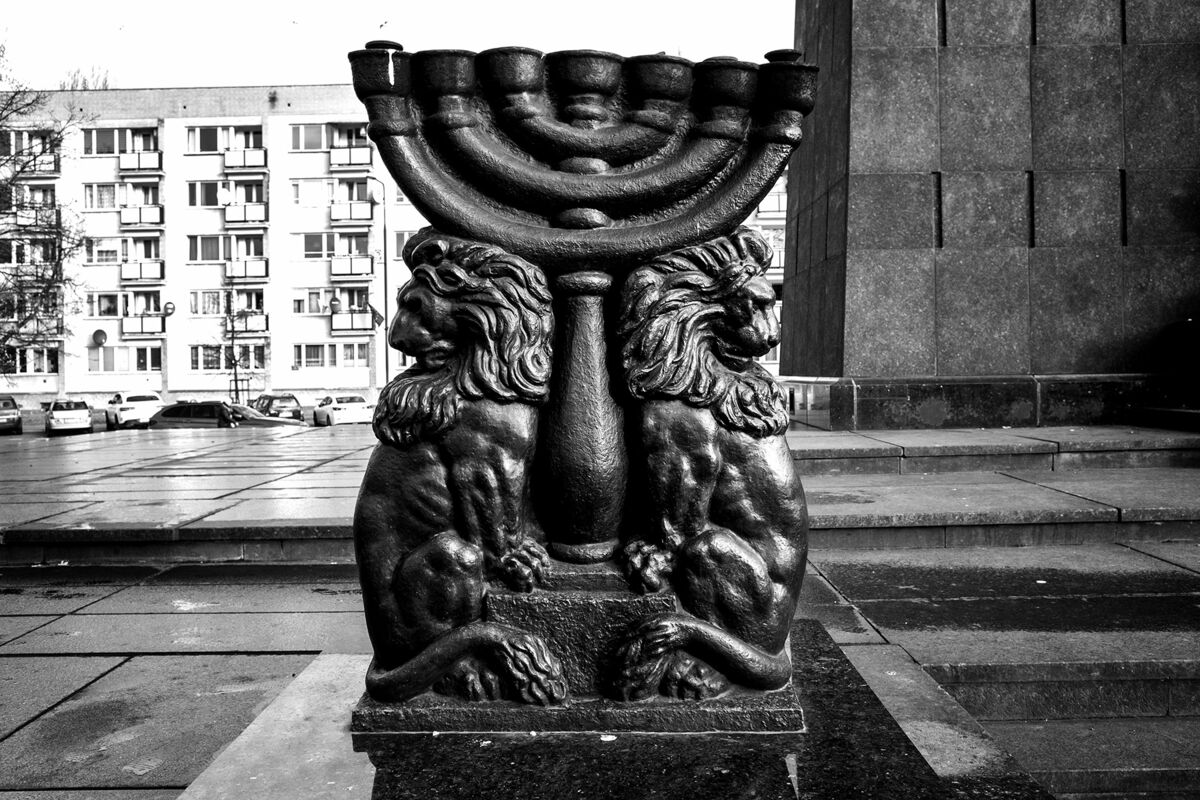
According to the European Convention of Human Rights shall every citizen in the Europe have the right to freedom of thought, conscience and religion. Every soldier, policeman and health care personal in Europe has the right to disobey direct orders that are considered to them to be crimes against the humanity. The freedom of conscience is the freedom of an individual to hold or consider a fact, viewpoint, or thought, independent of the viewpoint of the majority. One thing that differs democracies from dictatorships is that democracies allows its citizens to have freedom of conscience in such circumstances as mentioned above. 
The Warsaw Ghetto was created by the Nazis in October 1940 for the detention of Jews in Warsaw and its surroundings. At most, about half a million Jews lived within the walls of the ghetto. During the three years that the ghetto existed, tens of thousands of people died of starvation and disease and about 350,000 were deported to concentration camps where they were executed by the Nazis and their collaborators.
In 1943, the Jewish resistance movement in the Ghetto had enough and started to attack the Germans. They fought bravely against the superior Germans and the uprising lasted for a month. In order to smoke out the resistance the German soldiers set fire to a large number of buildings and finally the synagogue. The ghetto was turned into ashes and ruin. The surviving Jews were either killed on the spot or sent to concentration camps. Only a handful of them managed to escape the Ghetto. The Warsaw ghetto was disbanded in may 1943. The photos in this article has been taken in the Warsaw Ghetto or at the location where it once stood.
Text: Mikael Good. Photo: Mikael Good (where nothing else is stated).
Rockfoto - The Rolling Stones fotograf
Rolling Stones legendariske manager Andrew Loog Oldham ringde upp mig efter att han sett mina rock- och dokumentärfoton på Flickr. Han var nöjd med vad han sett och tyckte att jag hade den rätta bluesiga känslan i mina svartvita bilder. Andrew gav mig ett mycket intressant erbjudande! Rolling Stones vill att jag följer med och dokumenterar deras Europa- och USA-turné som drar igång i september.
Rolling Stones som är aktuella med bluesskivan Blue & Lonesome kommer inte att spela på stora arenor denna gången utan på rocklubbar med mycket närhet till publiken. Jag kommer inte vara den enda fotografen som följer med på turnén. Jag kommer att arbeta tillsammans med Anton Corbijn och Pennie Smith, Anton kommer främst att jobba med film. Tanken är att samarbetet ska mynna ut i en utställning, bok och en dokumentärfilm som ska premiärvisas på Morgan Freemans bluesklubb Ground Zero i Clarksdale i början av nästa sommar.
Jag ser verkligen fram emot turnén och det ska bli kul att sätta sig ned med Mick, Keith, Charlie och Ron och snacka klassisk bluesmusik. Jag har tyvärr inte någon bild på Rolling Stones, men grabbarna i Chops Horns och Leroy Emmanuel (bilden) har spelat med Stones. Nästa år vid den här tiden kommer jag att ha mängder av bilder på Rolling Stones och ni kommer garanterat att få ta del av några av dem i bloggen!
Har du Spotify kan du lyssna på Blue & Lonesome i följande länk. Enligt mig är det Rolling Stones bästa skiva sedan Exile on Main St från 1972: https://open.spotify.com/album/4g9Jfls8z2nbQxj5PiXkiy
Text och foto: Mikael Good
I Oljeberget finns den heliga graal

Oljeberget i Jönköping är något av en helig graal för Urban Explorers runt om i landet och det är många som drömmer om att ta sig in i berget för att utforska det. Frågan är om det fortfarande finns en väg in i berget?
Under slutet av 80- och början av 90-talet höll jag på med det som långt senare skulle börja kallas för Urban Exploration (UE). Jag tog mig obemärkt in på en hel del spännande platser, en del av dem är borta sedan länge och andra är plomberade och stängda. Jag var framförallt bra på att hitta dolda ingångar och öppningar och tog mig in utan att göra åverkan eller bli upptäckt. Nu har jag återupptagit mitt intresse för UE. Under ett par månader har jag rekat många av de bunkrar och bergrum som finns runt om i Huskvarna och Jönköping.
Jag bryter inte plomberingar eller sågar upp lås för att ta mig in i något objekt. För mig är det lika spännande att reka och hitta de dolda ingångar som att ta mig in. Men om det mot förmodan skulle hända att en dörr står öppen kanske det skulle hända att jag slank in och tittade mig omkring! Ett bergrum som jag ångrar att jag inte besökte och fotograferade medan det i princip bara var att promenera rakt in är Oljeberget i Jönköping. Bekanta som var där sommaren 2006 har vittnat om enorma utrymmen djupt inne i berget som ligger vid stadsdelen Gräshagen i Jönköping. Men de vågade inte gå så långt in i berget på grund av den unkna bergrumsluften och den skarpa doften av bränsle.
1952 började bygget av en stor oljedepå inne i berget på Gräshagen i Jönköping utmed järnvägen till Ulricehamn. Anläggningen var klar 1960 och den användes för beredskapslagring av diesel, flygbränsle, lösningsmedel och bensin som förvarades i 22 lagringscisterner av plåt som stod uppställda inne i berget. Jönköpingsborna döpte oljedepån till Oljeberget, med tanke på stadens inofficiella namn Smålands Jerusalem var namnet givet. Transporterna till anläggningen skedde till en början med tåg. Ulricehamnsbanan lades ned 1960 och det mesta av rälsen mellan Ulricehamn och Gräshagen togs bort efter 1969. Men en liten bit mellan Oljedepån och Jönköping behölls så att levereanserna kunde ombesröjas. Det sista tåget till Oljeberget gick 1985 och rälsen revs upp 1987. Efter det skedde transporterna till och från berget med lastbil från ingången en våning ned i berget.
Efter Sovjetunionens fall och det kalla krigets slut förlorade beredskapslagren sina syften, men verksamheten i Oljeberget fortgick ändå fram till 1997. Efter det har berget sanerats. Hösten 2006 var saneringen klar och i december samma år plomberades de över eingångarna samt den nedre ingången till Oljeberget. Ingångarna hamnade bakom ett 50 cm tjockt lager av armerad betong och ett rejält lager med jord. Men det fanns fortfarande några dolda vägar in i berget som försågs med kraftiga galler efter att det varit en del spring från nyfikna ungdomar.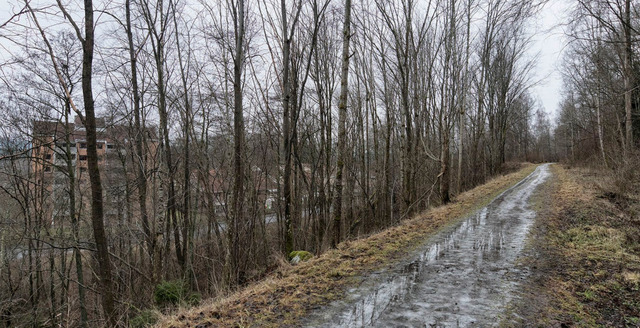
Oljeberget är som sagt en helig graal för Urban Explorers och många drömmer om att ta sig in i berget och utforska det. En del har försökt gräva sig in med spade! Men om man vill gräva sig in behövs grävskopa och avancerad utrustning för betonghåltagning och det är svårt att arbeta tyst och obemärkt med sådan utrustning. Det finns ett par ventilationsschakt för att vädra ut berget, men de är larmade och försedda med taggtråd och galler, de är även för smala för att någon normalstor människa ska kunna ta sig ned i dem. Enligt personer som jobbat i oljedepån kan det finnas en dold serviceingång. Ingången finns kvar för att kommunen ska kunna göra mätningar och ta prover inne i bergrummet ifall det skulle behövs.
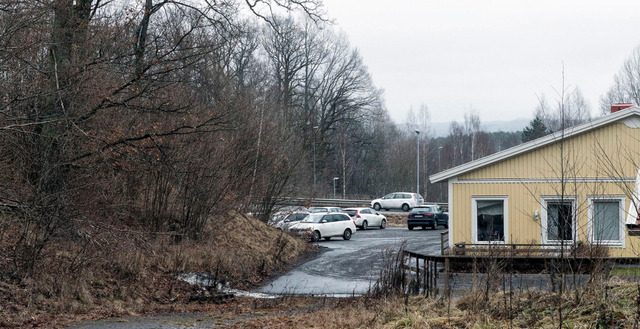
Det går säkerligen att bryta sig in i berget. Men det är olagligt och kan leda till böter och fängelse. Även om det skulle finnas en lättforcerad väg in i berget och att det säkerligen skulle vara en grandios upplevelse att gå runt i de stora salarna inne i berget är det riskfyllt att ta sig in utan ordentlig skyddsutrustning såsom hjälm, andningsutrustning och gasmätare. Taket har inte bergskrotats sedan början av 2000-talet och risken för ras är stor. Anläggningen har sanerats och luftats ur men det kan ändå finnas en liten risk för att hamna i en koldioxidfickoa. Har man riktig otur kan man få syrebrist och bli medvetslös. Är man då djupt inne i ett förseglat bergrum ligger man riktigt risigt till.
Fler utvändiga bilder från Oljeberget hittar du här: https://flic.kr/s/aHskX4J4qK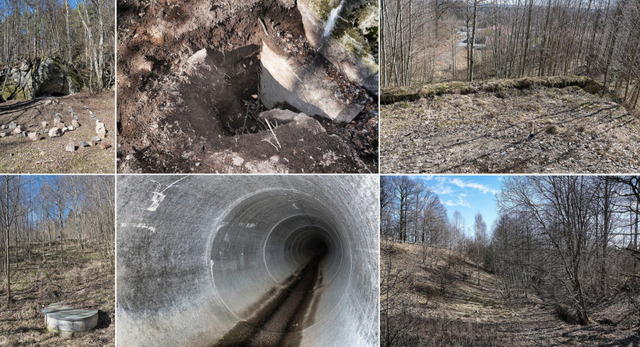
Efter att jag publicerat artikeln fick jag ett PM och en länk på hur det ser ut inne i Oljeberget. Bilderna togs efter plomberingen i augusti 2009 då det fortfarande fanns en krypväg in. Att bilderna verkligen togs då och inte tidigare kan man se i EXIF-informationen. Klicka på länken för att ta del av bilderna: http://lagochlangsam.se/Anlaggning-3791
Text och foto: Mikael Good
The colors of photography
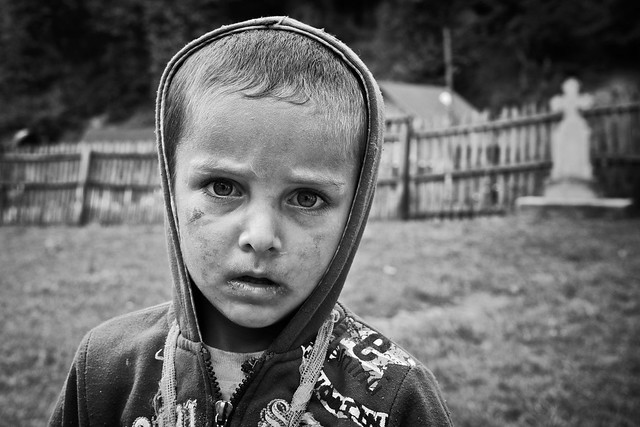
"Black and white are the colors of photography. To me they symbolize the alternatives of hope and despair to which mankind is forever subjected". - Robert Frank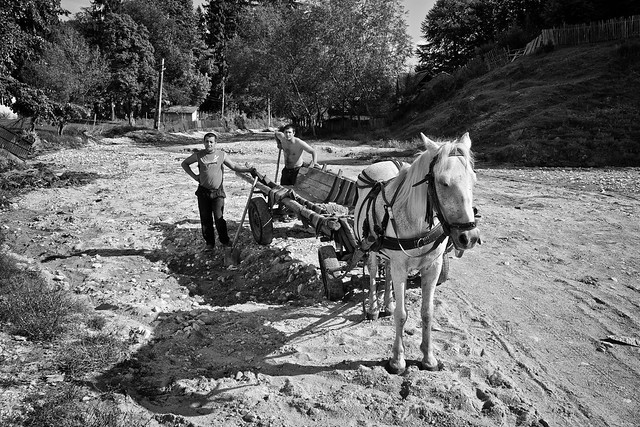
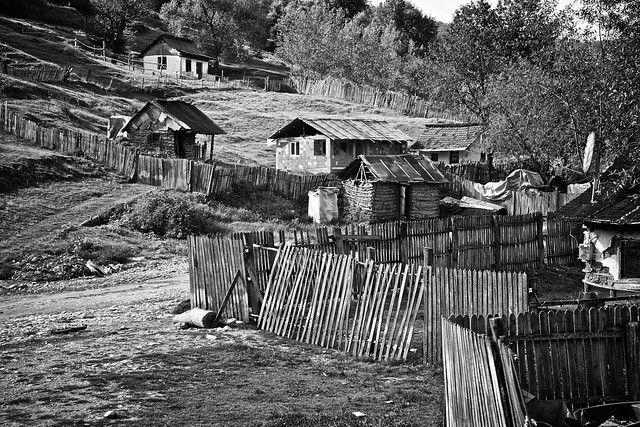
The Village that doesn't exist
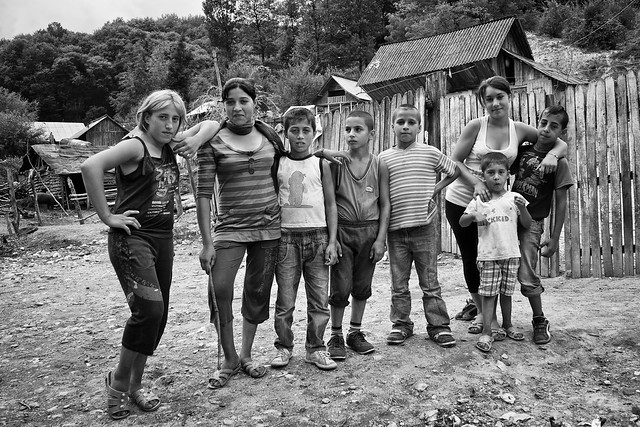
Follow me to three small Romanian villages in the Pauleasca area from where many of the EU migrants that begs on the streets in the Swedish towns Jönköping, Linköping and Stockholm come from. Pauleasca consists of the villages, Troislav, Tinca and Tufanu and about 4000 persons live in the area.
The people in Pauleasca were given land to live on by the communist regime in the late 1940s. But after the Romanian revolution in late 1989 most of the old documents from the communist era wasn't valid anymore and the vast majority of the houses in the area was considered to be illegal settlements. Today Pauleasca doesn't even exist on official Romanian maps. They are not longer allowed to travel on main roads with horse and carriage due to governmental restrictions. They are not longer allowed to pick branches of willow and birch In their nearby woods to make traditional handicraft like baskets and broom that they can sell on the local market. Since 2012 is begging illegal in Romania.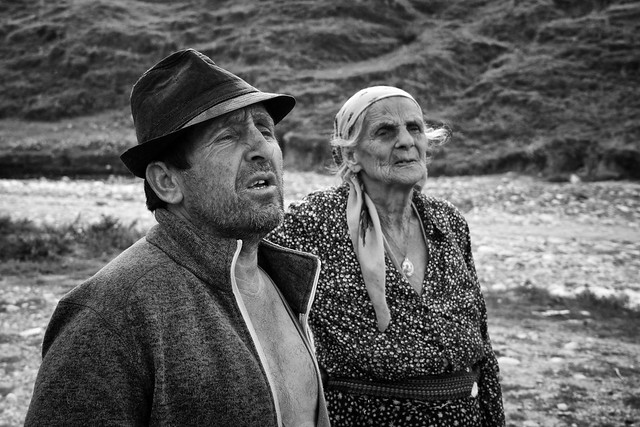
All those new restrictions paired with a unemployment rate of nearly 80 percent has created a desperate job migration to richer countries in the northern parts of the European Union. Most of the rudari and romani that migrate don't find a work and end up begging for money on the streets in their new countries to be able to support their families back home. The migration from areas like Pauleasca is not a cosmopolitan aspiration towards new horizons, it springs from a desperate struggle for survival for a minority that has been subjected for indifference, discrimination, hostility and racism from the state and ethnic romanians for years and years.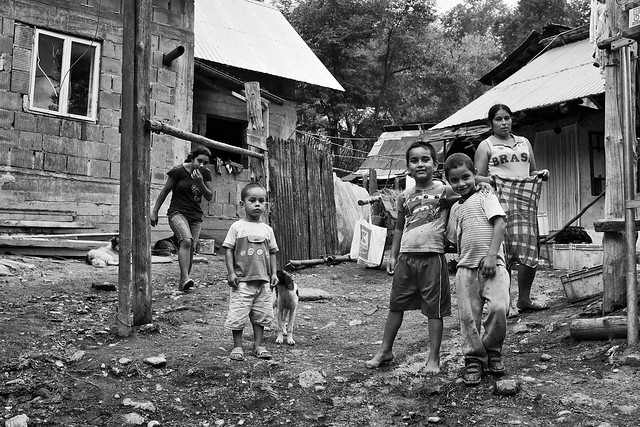
The people in the pictures belong to the rudari minority. Even if they live in Europe their living conditions are down to the same poverty level as people living in third world countries. They have substandard housing. Their life expectancy is 13 years shorter than the average Romanian. They lack running water, proper kitchen, bathroom and toilet. Many of the adults are illiterate but most kids are now in school from grades 1-4. Their food is deficient and many children suffer from malnutrition. Even if the future for the people in the area seems to be painted in dark colours I believe a change is gonna come.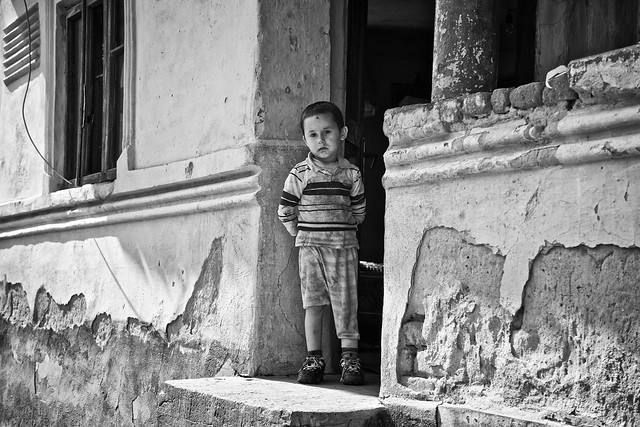
Click the following link if you cant see the Slide-Show on your phone or tablet: www.flickr.com/photos/chasid68/sets/72157649562924582/
Text and Photo: Mikael Good

